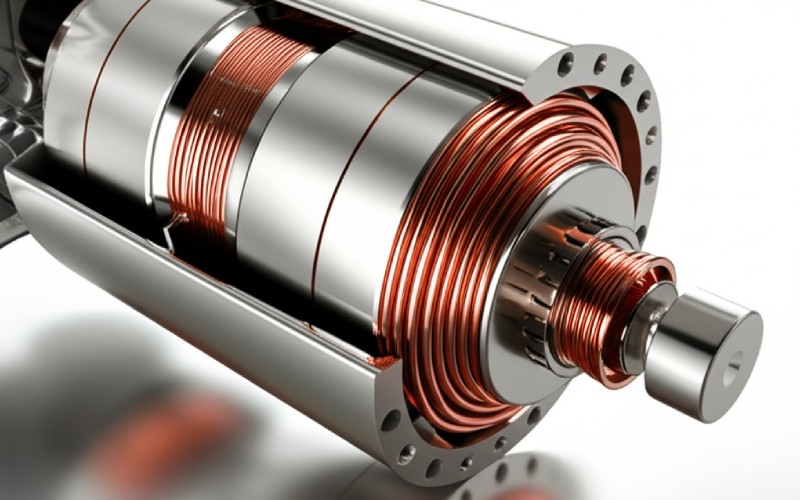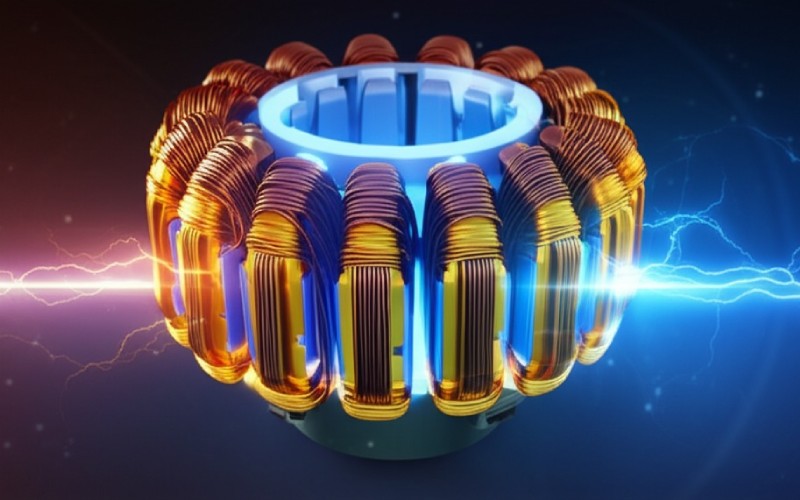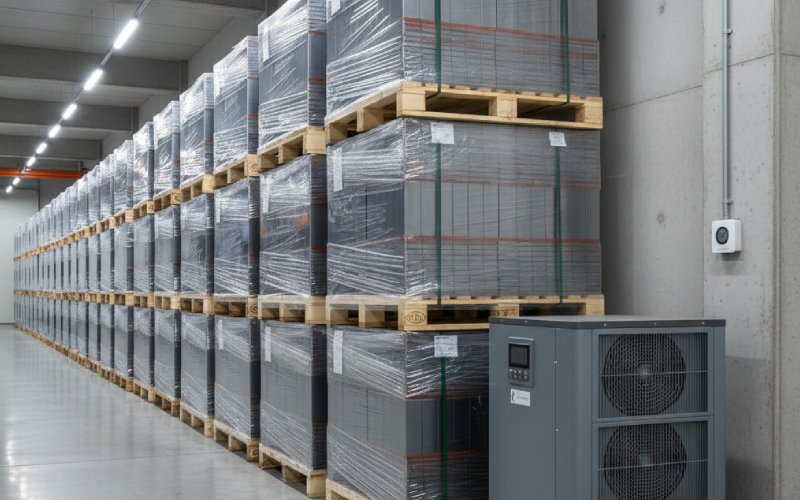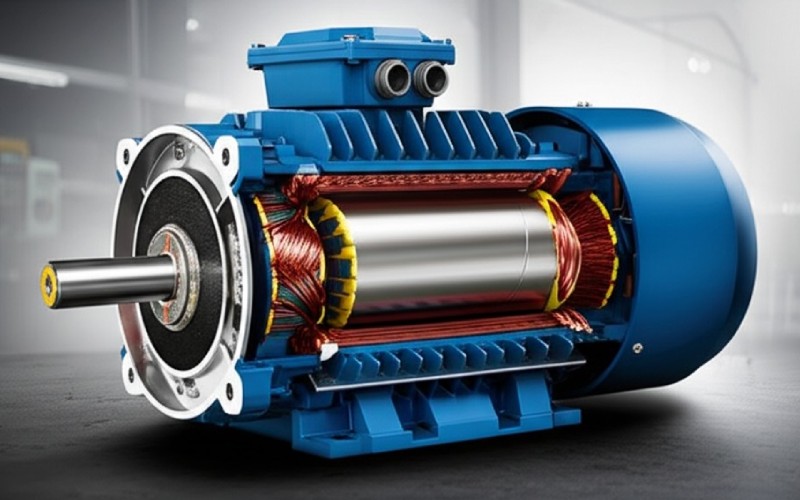Let Sino's Lamination Stacks Empower Your Project!
To speed up your project, you can label Lamination Stacks with details such as tolerance, material, surface finish, whether or not oxidized insulation is required, quantity, and more.
To speed up your project, you can label Lamination Stacks with details such as tolerance, material, surface finish, whether or not oxidized insulation is required, quantity, and more.
When your production line needs to churn out thousands, or even millions, of motors, there’s simply no substitute for the sheer velocity of motor lamination stamping. Think about the automotive industry gearing up for an all-electric future or the appliance sector that puts motors in almost every home. They need components yesterday! Once our high-precision progressive dies are engineered and bedded into our advanced stamping presses, we’re talking about a symphony of motion. These machines can operate at hundreds, sometimes even thousands, of strokes per minute. Each stroke potentially creates a complete, intricate lamination.
“That’s fast,” you might say, “but what about the cost?” And that’s where stamping truly shines for high-volume scenarios. Sure, crafting a sophisticated stamping die – a marvel of hardened steel and carbide precision – represents a significant upfront investment. These tools aren’t cheap; a complex die for a high-performance motor core stamping can run into tens or even hundreds of thousands of dollars. However, here’s the kicker: that cost gets amortized over an enormous number of parts.
Let’s break it down with a hypothetical, yet realistic, scenario. Suppose a die for a specific electric motor stamping project costs $150,000. If that die is designed to produce 15 million laminations over its operational life (a perfectly reasonable expectation with good maintenance, which we at Sino prioritize), the tooling cost per individual lamination plummets to just one cent! Now, add in the material and operational costs, which are also optimized due to speed and efficiency, and you see how the per-piece price becomes incredibly competitive.
Speed and cost are fantastic, but if the parts aren’t perfect every single time, it’s all for nothing; this is where the meticulous precision of modern motor lamination stamping truly makes its mark. At Sino, we live by tolerances. Our engineering teams design dies, and our production teams operate machinery, capable of holding dimensional accuracy often within a few microns (thousandths of a millimeter, or ten-thousandths of an inch). We’re talking about features on stamped motor laminations being consistently accurate to dimensions like +/- 0.025mm (0.001 inches) or even tighter for critical areas.
Why does this matter so much?
One of our clients manufactures high-performance servo motors, where smoothness and precise control are paramount. Before coming to Sino, they struggled with inconsistencies from a previous supplier, leading to higher-than-acceptable noise levels in their finished motors. By transitioning their electric motor lamination stamping to us, they saw a measurable reduction in motor noise and an improvement in dynamic performance, all thanks to the tighter tolerances and superior consistency we delivered.
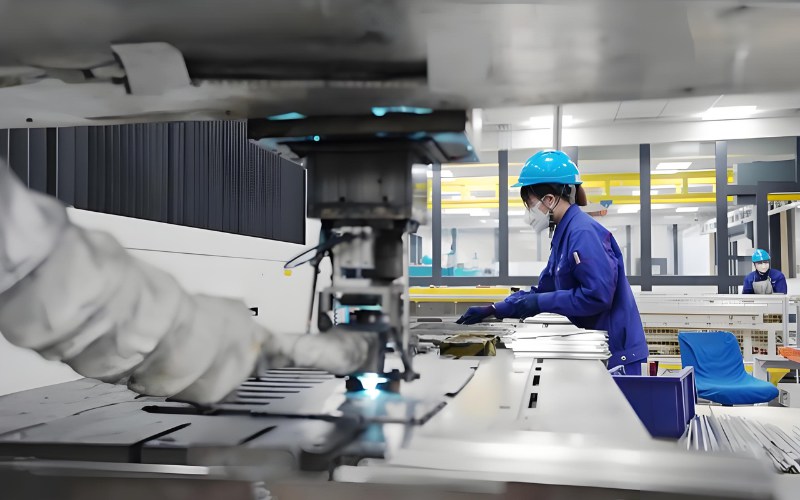
Modern motor designs are sophisticated, and motor lamination stamping has evolved to match, allowing us to create far more than just flat, shaped discs. One of the most significant advantages of progressive die stamping is the ability to incorporate a multitude of features directly into the lamination during the high-speed stamping cycle. This means complex geometries and functional elements are part of the primary manufacturing step, not costly secondary operations.
Consider these common features we regularly produce at Sino through advanced stamping in stator and rotor lamination processes:
The ability to integrate these elements in a single, high-speed operation is a testament to the sophistication of modern motor lamination stamping and the expertise of die designers and press operators at Sino. It simplifies the supply chain, reduces assembly steps, and ultimately contributes to a more robust and cost-effective motor.
Electrical steel, especially high-grade silicon steel, isn’t cheap, so maximizing material utilization is a constant focus in electric motor stamping. Wasting valuable material is like throwing money away, and it’s not great for the environment either. At Sino, our engineers employ sophisticated CAD software to optimize the “nesting” of lamination shapes on the raw steel coil. This involves meticulously arranging the part outlines to minimize the amount of material that becomes scrap (often called the “webbing” or “skeleton”).
While it’s impossible to achieve 100% material utilization in stamping, intelligent nesting can make a huge difference. For instance, for a common round lamination, we might explore nesting two or more parts side-by-side, or even “mirroring” asymmetrical parts to fit them closer together on the coil. Sometimes, the material punched from the center of a stator lamination (the “donut hole”) can even be used to stamp a smaller rotor lamination for a different motor, a technique known as “compound blanking” or “core-in-core stamping.”
This careful attention to material yield not only helps us offer more competitive pricing for stamped motor laminations but also aligns with our commitment to sustainable manufacturing practices. By squeezing more parts out of every coil of steel, we reduce waste and conserve resources.
At Sino, motor lamination stamping is more than just a process; it’s a core competency built on decades of experience, continuous investment, and a relentless pursuit of excellence.
Our process typically begins with a deep dive into your requirements. We don’t just take an order; we collaborate. Our engineers work with you to understand the motor’s performance goals, assembly methods, and cost targets. This allows us to advise on the best lamination design, material choice, and feature integration to optimize your final product.
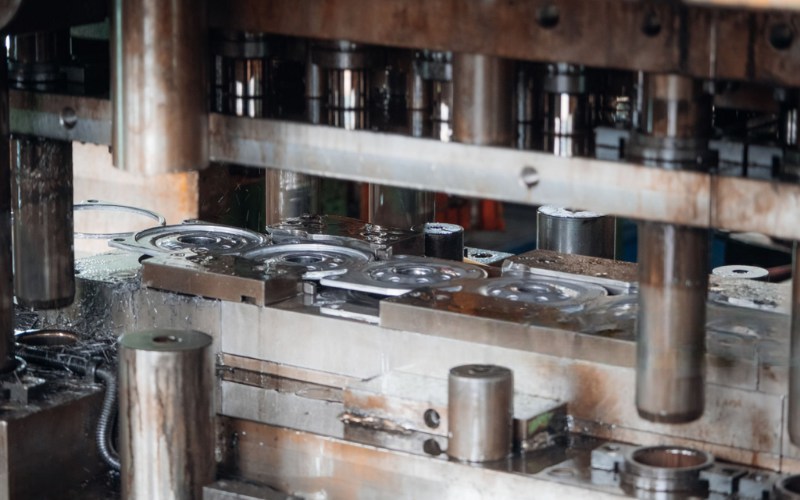
To put it all into perspective, let’s see how motor lamination stamping stacks up against other common methods, especially when considering the volumes Sino typically handles:
Feature | Stamping (Sino’s High-Volume Specialty) | Laser Cutting (Low-Mid Volume/Prototype) | Wire EDM (Tooling/Ultra-Low Volume) |
Production Speed | Very High (hundreds/thousands per min) | Moderate to Low | Very Low |
Tooling Investment | High (but amortized) | None / Very Low | Minimal (electrodes) |
Per-Piece Cost | Very Low (at scale) | Moderate | High |
Ideal Run Volume | High (e.g., >50,000 – Millions) | Low (e.g., <10,000) | Very Low (1s to 100s) |
Design Change Speed | Moderate (die modification) | Fast (program change) | Fast (program change) |
Burr Formation | Minimal (with Sino’s quality tooling) | Minimal to None | None |
Heat Affected Zone | Negligible | Can be present, requires control | Minimal |
Material Versatility | Excellent | Good | Good |
This table clearly illustrates why, for the majority of motor manufacturing needs, stamping is the champion. And at Sino, we’ve honed this championship process to an art.
Let’s talk about some real scenarios where Sino’s motor lamination stamping capabilities have made a tangible difference:
These are just glimpses. Every day, Sino is tackling unique challenges, leveraging our motor lamination stamping expertise to help businesses innovate and grow.
It’s important to remember that at Sino, our expertise doesn’t end with the individual stamped motor laminations. We are specialists in producing complete motor lamination stacks – both stators and rotors. This includes precision stacking (utilizing those interlocks or employing cleating, welding, or bonding techniques as per design requirements), and even die-cast rotor production.
By offering an end-to-end solution from electric motor lamination stamping through to fully assembled cores, we provide our clients with a streamlined supply chain, assured quality, and the convenience of a single, expert partner.
The advantages we’ve discussed aren’t just Sino’s opinion; they are well-documented across the manufacturing and electrical engineering sectors. You’ll find these principles echoed in:
This broad consensus underscores the fundamental strengths of the technology that Sino has mastered.
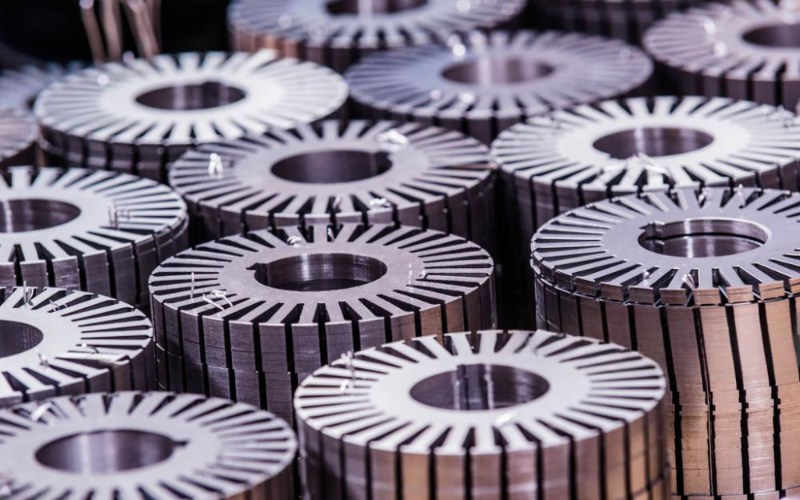
Sino’s commitment to motor lamination stamping excellence means you get the speed, precision, cost-effectiveness, and integrated features your products demand. We don’t just run presses; we engineer solutions. We understand the nuances of motor core stamping, the intricacies of electric motor stamping, and the critical role of stator core stamping in overall motor performance.
Whether you need millions of stamped motor laminations for a global product launch or highly specialized components for a niche application, Sino has the technology, the expertise, and the dedication to deliver. Let’s talk about your next project and how our motor lamination stamping capabilities can power your success.
To speed up your project, you can label Lamination Stacks with details such as tolerance, material, surface finish, whether or not oxidized insulation is required, quantity, and more.

